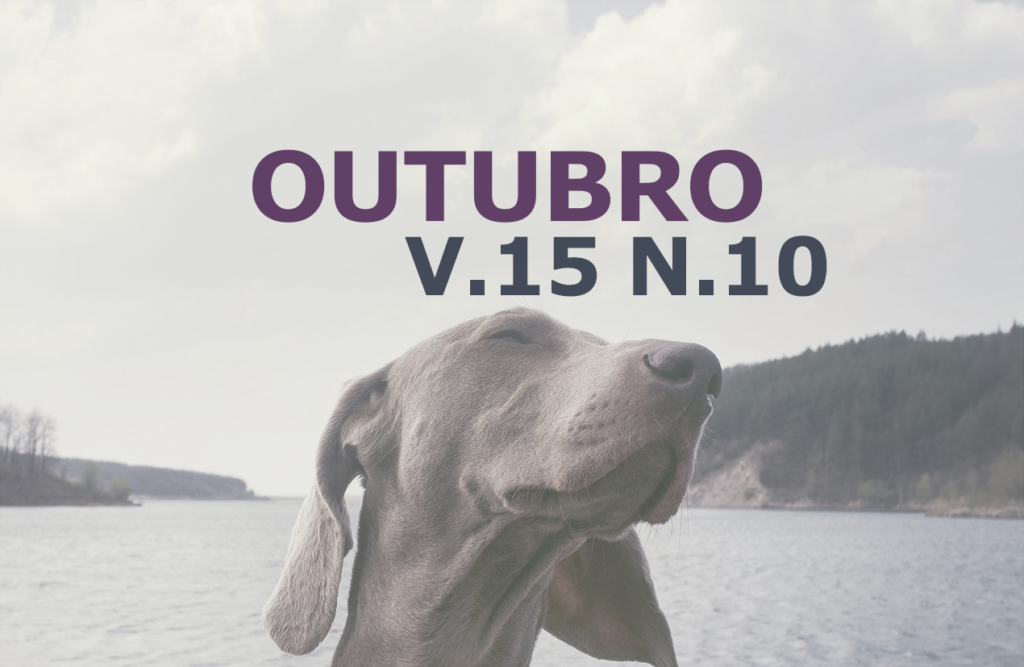Proximal epiphyseal fracture of humerus in dog: Case report
DOI:
https://doi.org/10.31533/pubvet.v15n10a928.1-5Keywords:
Dog, surgery, growth line, osteosynthesisAbstract
Long bone fractures play an important role in the clinical-surgical routine of veterinary medicine, given the frequency in which they occur, and the need for reparative orthopedic interventions is clear. Growth plates are considered less resistant than the surrounding structures, such as bones and ligaments, making the region more susceptible to injury. In case of fracture, the injury must be well evaluated, looking for the best repair method, with the least iatrogenic damage caused by the surgeon, but with satisfactory bone stabilization. We report the case of a young canine, mixed breed, attended at the Veterinary University Hospital of the Federal University of Santa Maria, presenting a Salter-Harris type I fracture in the proximal portion of the right humerus, treated with intramedullary pins and tension band. The method, although simple, presents good stability of the fracture focus and return of limb support without soft tissue involvement.
Downloads
Published
Issue
Section
License
Copyright (c) 2021 Rainer da Silva Reinstein, Franciéli Mallmann Pozzobon, João Eduardo Wallau Schossler, Daniel Curvello de Mendonça Müller

This work is licensed under a Creative Commons Attribution 4.0 International License.
Você tem o direito de:
Compartilhar — copiar e redistribuir o material em qualquer suporte ou formato
Adaptar — remixar, transformar, e criar a partir do material para qualquer fim, mesmo que comercial.
O licenciante não pode revogar estes direitos desde que você respeite os termos da licença. De acordo com os termos seguintes:
Atribuição
— Você deve dar o crédito apropriado, prover um link para a licença e indicar se mudanças foram feitas. Você deve fazê-lo em qualquer circunstância razoável, mas de nenhuma maneira que sugira que o licenciante apoia você ou o seu uso. Sem restrições adicionais
— Você não pode aplicar termos jurídicos ou medidas de caráter tecnológico que restrinjam legalmente outros de fazerem algo que a licença permita.





